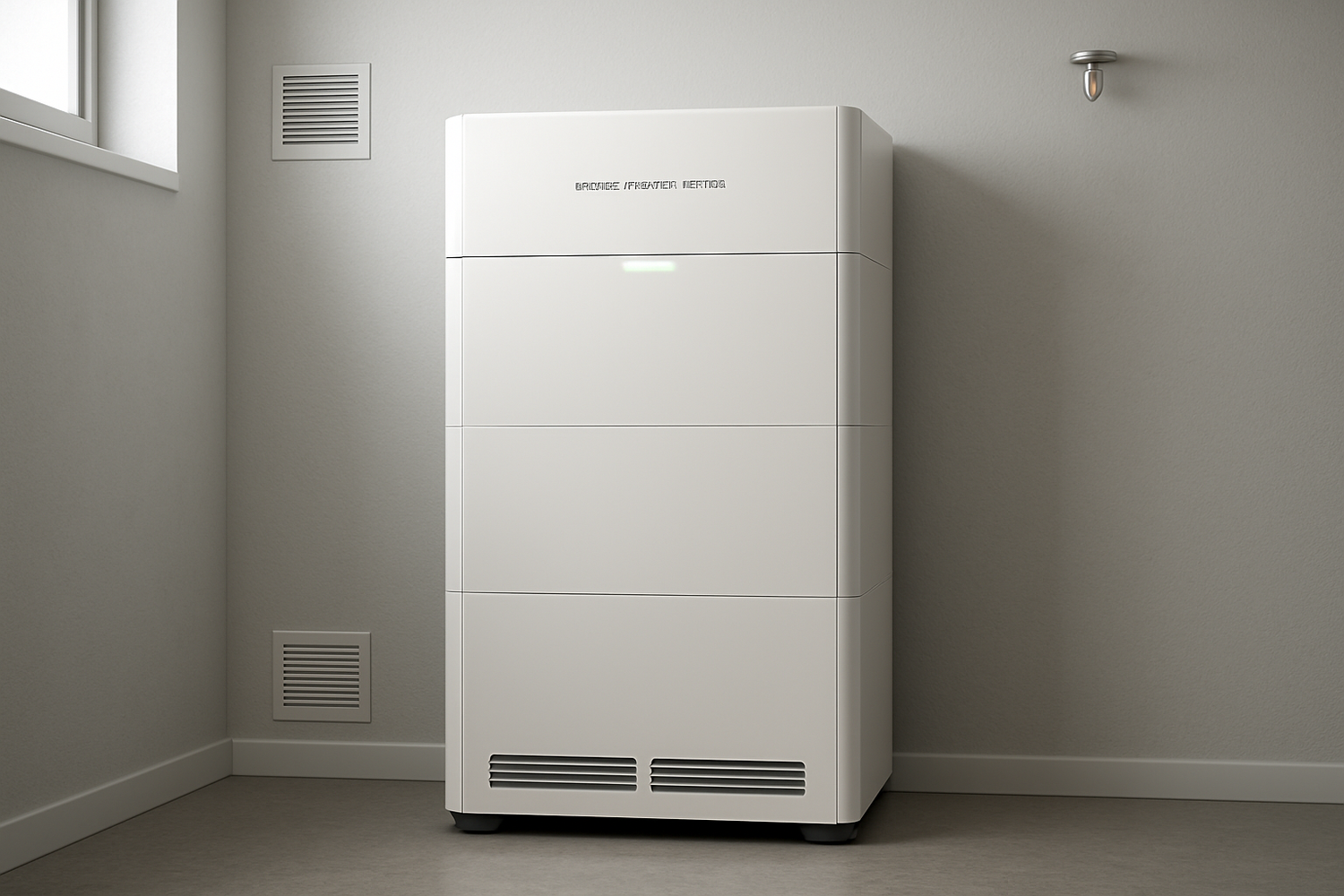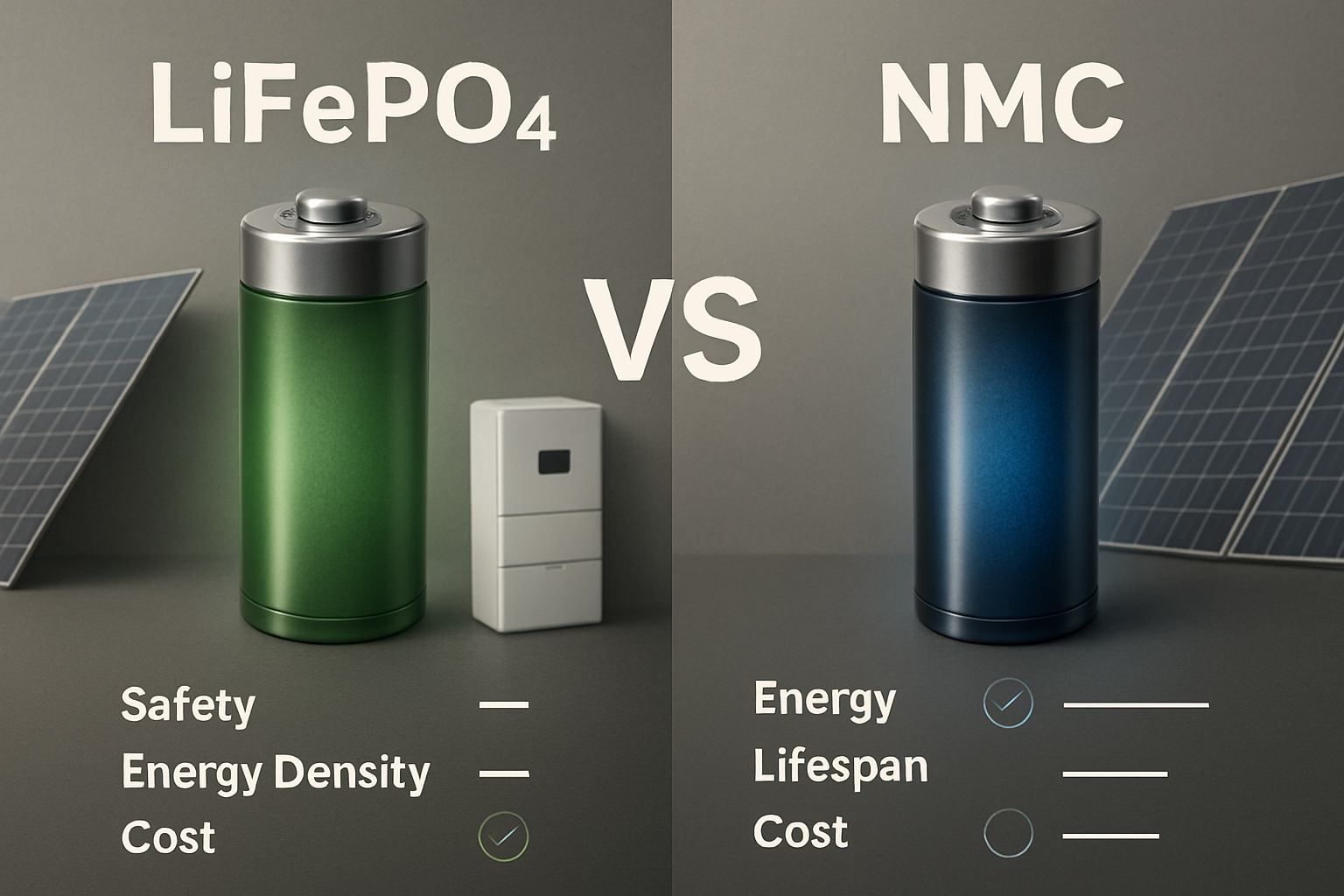Home energy storage systems (ESS) are transforming how we power our homes. They capture energy from solar panels during the day, making it available when the sun sets or during power outages. This capability offers significant steps toward energy independence and resilience. As more homes adopt these advanced systems, ensuring their safe operation becomes paramount. A key aspect of this safety involves understanding and implementing proper ventilation and fire suppression measures.

Understanding Home Energy Storage Systems (ESS) and Their Components
Home ESS represent a vital component in the transition to a more sustainable energy landscape. They allow you to store excess electricity generated by your solar panels, providing power during peak demand or when the grid is unavailable. This integration helps optimize energy use and can significantly reduce reliance on traditional utility providers.
What is a Home ESS?
A typical home ESS consists of several core components working in harmony. At its heart lies the battery, which stores electrical energy. Modern systems frequently utilize advanced lithium iron phosphate (LiFePO4) batteries. These batteries offer high performance and are known for their inherent safety and reliability. Beyond the battery, a hybrid inverter manages the flow of electricity, converting direct current (DC) from solar panels into alternating current (AC) for household use and directing excess energy to the battery. Solar panels complete the system, capturing sunlight and converting it into electricity. Our focus on LiFePO4 batteries ensures a robust and dependable foundation for your energy storage needs, providing a reliable and scalable energy solution that helps achieve energy independence.
Why Battery Safety Matters in ESS
Batteries, especially those with high energy density like lithium-ion types, store a significant amount of power in a compact space. This energy density, while beneficial for performance, also highlights the importance of safety. Under certain fault conditions, such as overcharging, over-discharging, or physical damage, batteries can undergo a process called thermal runaway. This uncontrolled heating can lead to a rapid temperature and pressure increase within the cell, potentially resulting in fire or explosion. During these events, batteries can also release gases, a process known as off-gassing. Understanding these potential hazards is crucial for mitigating risks and ensuring the long-term safety of your home energy system.
The Role of Ventilation in Home ESS Safety
Ventilation is a critical, yet often overlooked, safety feature for home energy storage systems. It plays a primary role in preventing the accumulation of potentially hazardous gases and managing heat within the battery enclosure or installation area.
Why Ventilation is Necessary
Under normal operating conditions, modern LiFePO4 batteries are very stable. However, in rare instances of malfunction or thermal runaway, lithium-ion batteries can release various gases. These gases often include carbon dioxide, carbon monoxide, hydrogen, and other volatile organic compounds. Some of these gases are flammable, while others can be toxic. If these gases accumulate in a confined space, they can create a combustible atmosphere, increasing the risk of pressure buildup and ignition. For example, hydrogen content in released gases can lead to vapor cloud explosion risks. Proper ventilation dissipates these gases, preventing dangerous concentrations. Additionally, ventilation helps manage the operating temperature of the batteries. Batteries generate heat during charging and discharging cycles. Adequate airflow helps dissipate this heat, preventing overheating and reducing the risk of thermal runaway. According to the U.S. Department of Energy, proper ventilation and gas detection systems are important to minimize the impact of toxic releases during thermal events.
Ventilation Requirements and Best Practices
Ensuring proper ventilation involves considering both passive and active methods, as well as adhering to installation standards. Passive ventilation relies on natural air movement through vents or open spaces. Active ventilation, on the other hand, uses fans to force air circulation, providing more controlled and effective airflow. For instance, some guidelines suggest that if flammable gases may be evolved, a gas detection system should be installed, with arrangements for automatic exhaust of developed gases when detected.
Industry standards, such as NFPA 855, the Standard for the Installation of Stationary Energy Storage Systems, provide detailed requirements for ESS installations, including ventilation. These standards often specify minimum airflow rates and may require exhaust fans for battery chemistries that produce flammable gas. For example, NFPA 855 mandates fire-resistant materials, compartmentalization, strict separation distances, and requires smoke detection, automatic suppression systems, and ventilation to prevent thermal runaway. It is important to note that NFPA 855 requires explosion control for energy storage systems. Compliance with these standards is often mandatory in many jurisdictions to reduce risks during operation and maintenance. For residential systems, the International Residential Code (IRC) also addresses ventilation requirements for battery chemistries that produce flammable gas during normal operation.
When installing a home ESS, consider these ventilation best practices:
- Location: Install the ESS in a well-ventilated area, such as a detached garage or utility room, away from living spaces. The International Residential Code, 2021 Edition, specifies that ESS should not be installed in living areas or bedrooms.
- Airflow: Ensure clear pathways for air intake and exhaust. Avoid blocking vents or placing the system in confined, unventilated closets.
- Monitoring: Integrate gas detection systems that can provide early warnings if hazardous gas levels are detected. Some guidelines recommend an alarm at 30% of the lower explosive limit (LEL) for gas detection systems.
- Professional Installation: Always rely on certified professionals for installation. They understand the specific ventilation requirements for your system and local building codes.
Fire Suppression Systems for Home ESS
While proper ventilation mitigates risks, a robust fire suppression strategy provides an additional layer of safety for home energy storage systems.
Understanding Fire Risks in Battery Storage
Fires involving lithium-ion batteries present unique challenges compared to traditional fires. They can be difficult to extinguish because the batteries can produce their own heat and oxygen through internal chemical reactions, making water alone less effective at cooling and preventing re-ignition. The high energy density and the possibility of re-ignition make these fires particularly challenging to suppress. Additionally, thermal runaway events can lead to the emission of toxic gases, including hydrogen fluoride, which poses significant risks to anyone nearby. Researchers have investigated the effectiveness of different fire suppression systems on lithium-ion battery pack fire extinguishment.
Types of Fire Suppression Systems
A layered approach to fire protection is often recommended for ESS. This involves:
- Early Detection: Smoke and heat detectors are the first line of defense, providing immediate alerts at the earliest signs of a problem. NFPA 855 requires ESS to be equipped with a smoke detection or radiant energy-sensing system.
- Gaseous Suppression Systems: These systems release inert gases or clean agents that reduce oxygen levels or interfere with the chemical reaction of a fire, effectively suppressing it without water damage. Aerosol fire suppression systems, for example, work by releasing metal salt particles that cool the flame and disrupt the chain reaction. These systems are effective in enclosed spaces and can reduce oxygen to below combustion levels.
- Water Mist Systems: High-pressure water mist systems can be effective in cooling battery modules and preventing thermal runaway propagation, as well as suppressing external fires. They can rapidly extinguish fires external to the module and cool batteries effectively.
- Internal Thermal Management: Beyond external systems, many modern battery systems, especially those using LiFePO4 chemistry, incorporate internal thermal management features to prevent overheating.
Choosing the right fire suppression system depends on the specific ESS design, location, and local regulations. A professional fire safety assessment is essential to determine the most appropriate system for your home.
Integrated Safety Features in Modern ESS
Leading providers in the solar and energy storage industry, with years of experience, design their systems with safety as a core principle. This commitment translates into integrated safety features that go beyond basic requirements, providing reliable and secure energy solutions.
Advanced Battery Management Systems (BMS)
At the forefront of ESS safety is the Battery Management System (BMS). This intelligent electronic system acts as the "brain" of the battery pack, continuously monitoring and controlling its operation. A robust BMS performs several critical safety functions:
- Voltage Monitoring: It ensures individual battery cells and the overall pack operate within safe voltage limits, preventing overcharging and over-discharging. Overcharging can damage cells and lead to thermal runaway.
- Current Regulation: The BMS controls charging and discharging currents, preventing excessive current that could lead to overheating.
- Temperature Management: It monitors battery temperature and can initiate cooling mechanisms or reduce power if temperatures rise too high, preventing thermal runaway.
- Cell Balancing: The BMS ensures that energy is evenly distributed among individual cells, preventing imbalances that could compromise performance and safety.
- Fault Detection: It detects internal short circuits, insulation faults, and other anomalies, and can disconnect the battery to prevent damage or fire.
These sophisticated controls are integral to the high performance and safety of LiFePO4 batteries, which are a cornerstone of our home energy storage systems.
Enclosure Design and Installation Best Practices
The physical design and installation of an ESS also contribute significantly to its safety profile. Modern home ESS units are often housed in robust, fire-rated enclosures designed to contain potential issues and prevent propagation. These enclosures provide a physical barrier against external damage and help manage internal conditions. Proper wiring, circuit protection, and adherence to electrical codes are equally vital to prevent electrical failures and short circuits.
The importance of professional installation cannot be overstated. Certified installers ensure that your ESS complies with all relevant safety standards and local building codes, such as UL 9540, which evaluates the overall performance and safety features of energy storage systems. They ensure correct placement, proper ventilation setups, and the integration of any necessary fire suppression systems. This meticulous approach in installation, combined with our integrated ESS solutions that combine LiFePO4 batteries, hybrid inverters, and solar panels, provides a complete and secure energy ecosystem for your home.
The adoption of home energy storage systems is growing, with projections indicating continued expansion. For example, the U.S. Energy Information Administration (EIA) has reported substantial year-on-year increases in newly installed energy storage capacity. The International Energy Agency (IEA) highlights that battery storage in the power sector was the fastest-growing clean energy technology in 2023, more than doubling its deployment year-on-year. This growth underscores the increasing need for robust safety measures.
Securing Your Energy Future
As you consider a home energy storage system, prioritizing safety through proper ventilation and fire suppression is just as important as the system's capacity or efficiency. These measures protect your property and provide peace of mind, knowing your energy solution operates securely. By understanding the potential risks and embracing advanced safety features like sophisticated Battery Management Systems and adhering to rigorous installation standards, you can confidently embrace energy independence.
The commitment to reliable and scalable energy solutions extends to ensuring every system installed is as safe as it is powerful. Rely on qualified professionals to assess your needs and implement a system that meets the highest safety benchmarks, allowing you to enjoy the benefits of clean, self-sufficient energy for many years.
Disclaimer: This article provides general technical information and is not intended as legal, financial, or investment advice. Always consult with qualified professionals for specific guidance related to your energy storage system installation and safety requirements.





Leave a comment
All comments are moderated before being published.
This site is protected by hCaptcha and the hCaptcha Privacy Policy and Terms of Service apply.